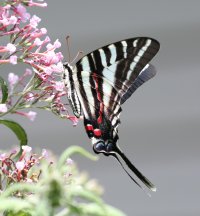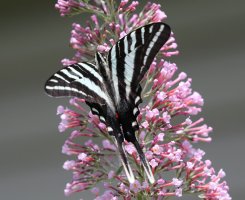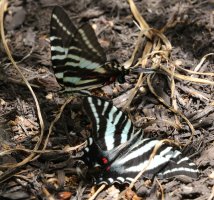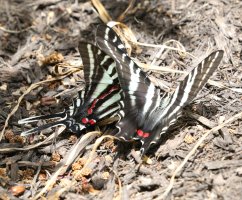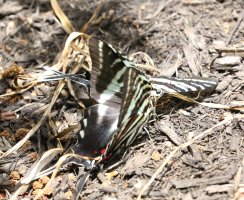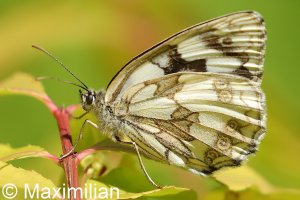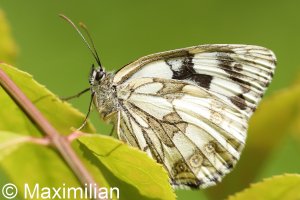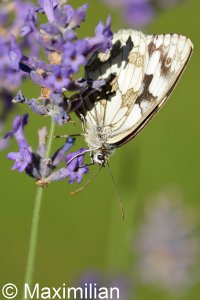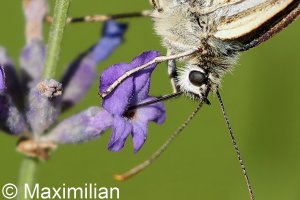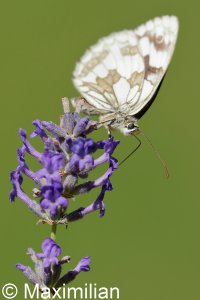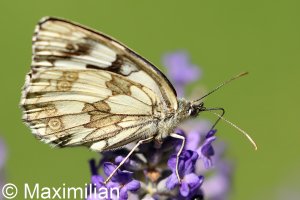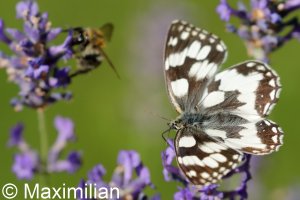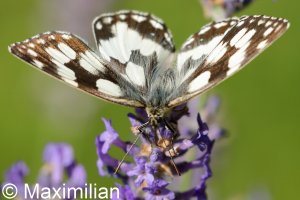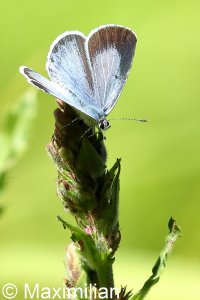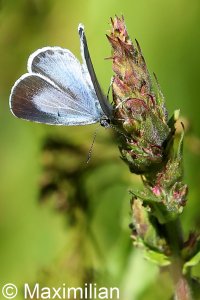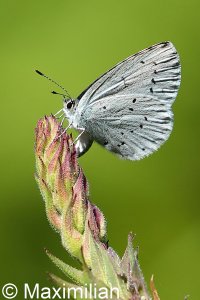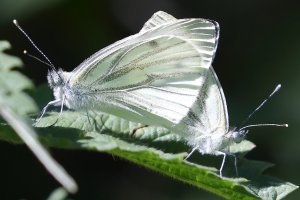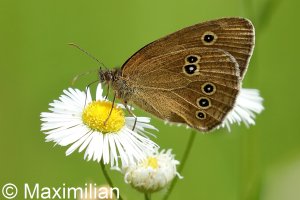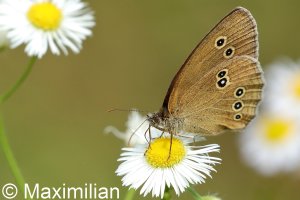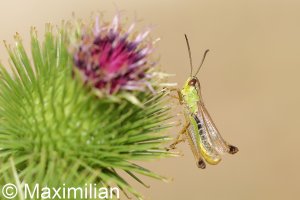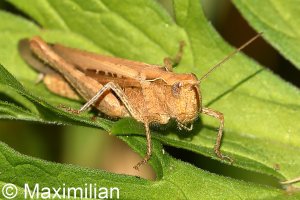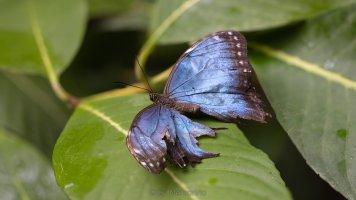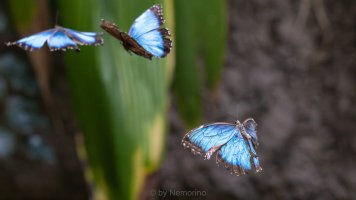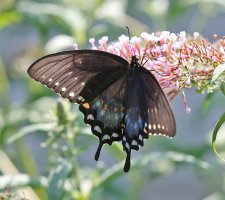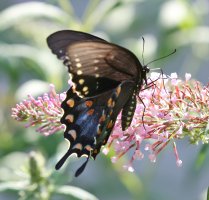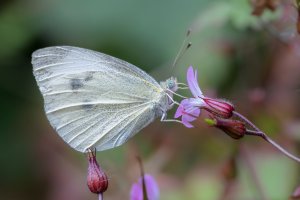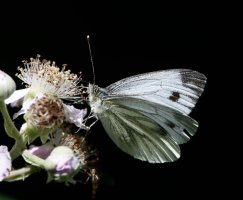You are using an out of date browser. It may not display this or other websites correctly.
You should upgrade or use an alternative browser.
You should upgrade or use an alternative browser.
Butterflies, Moths and Assorted Insects...
- Thread starter dpc
- Start date
Here I suppose this is a large skipper (ochlodes sylvanus).
3rd and 4th pic look almost the same. But one has the focus on the head/proboscis and the other on the wing.
Feel free to chose which you like more. I am undecided.
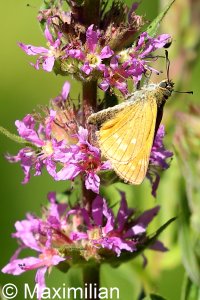
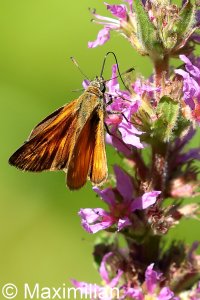
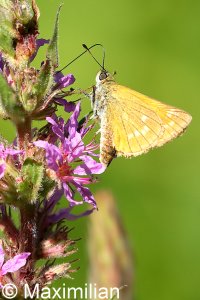

3rd and 4th pic look almost the same. But one has the focus on the head/proboscis and the other on the wing.
Feel free to chose which you like more. I am undecided.




Upvote
0
Of cause female because in the third picture it is ovipositioning.I suppose this is a female holly blue (celastrina argiolus):
Probably the same species and also ovipositioning in the first two pictures. The third is in another place and a different day.
R5 +RF 100 2.8
@ 1/800, ISO 2000, f/11
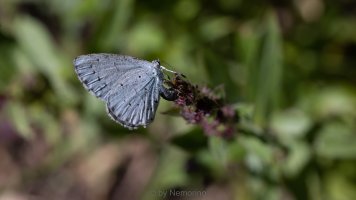
@ 1/800, ISO 2000, f/14
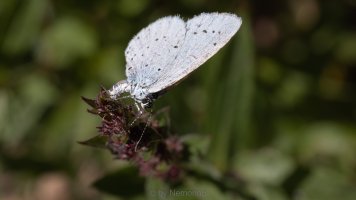
1/500, Iso 640, f/7.1
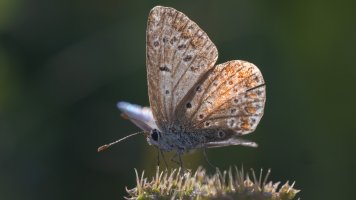
Upvote
0
Of cause female because in the third picture it is ovipositioning.
Upvote
0
A female common scorpionfly (panorpa communis).
If you want to know why they are named like that, look at my wiki hyperlink and how the males look like
Second pic is not perfect, but I wanted to show how the abdomen and especially the head looks like.
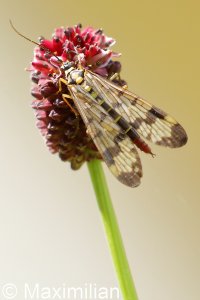
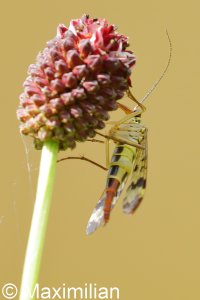
If you want to know why they are named like that, look at my wiki hyperlink and how the males look like
Second pic is not perfect, but I wanted to show how the abdomen and especially the head looks like.


Upvote
0
Upvote
0
Similar threads
- Replies
- 30
- Views
- 1K
- Replies
- 2
- Views
- 5K

